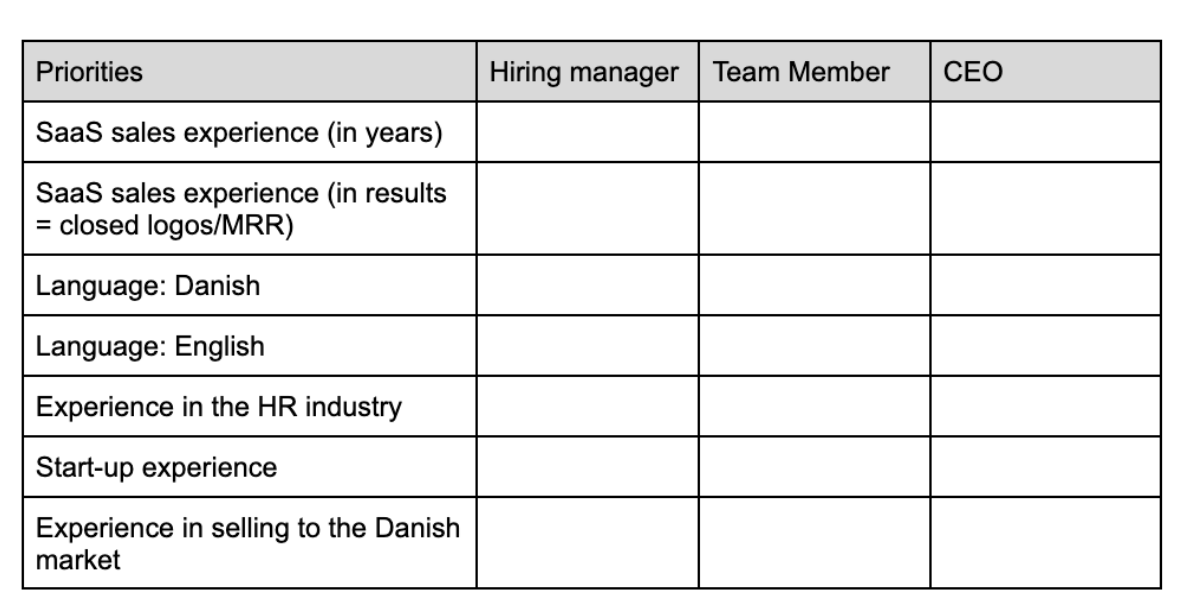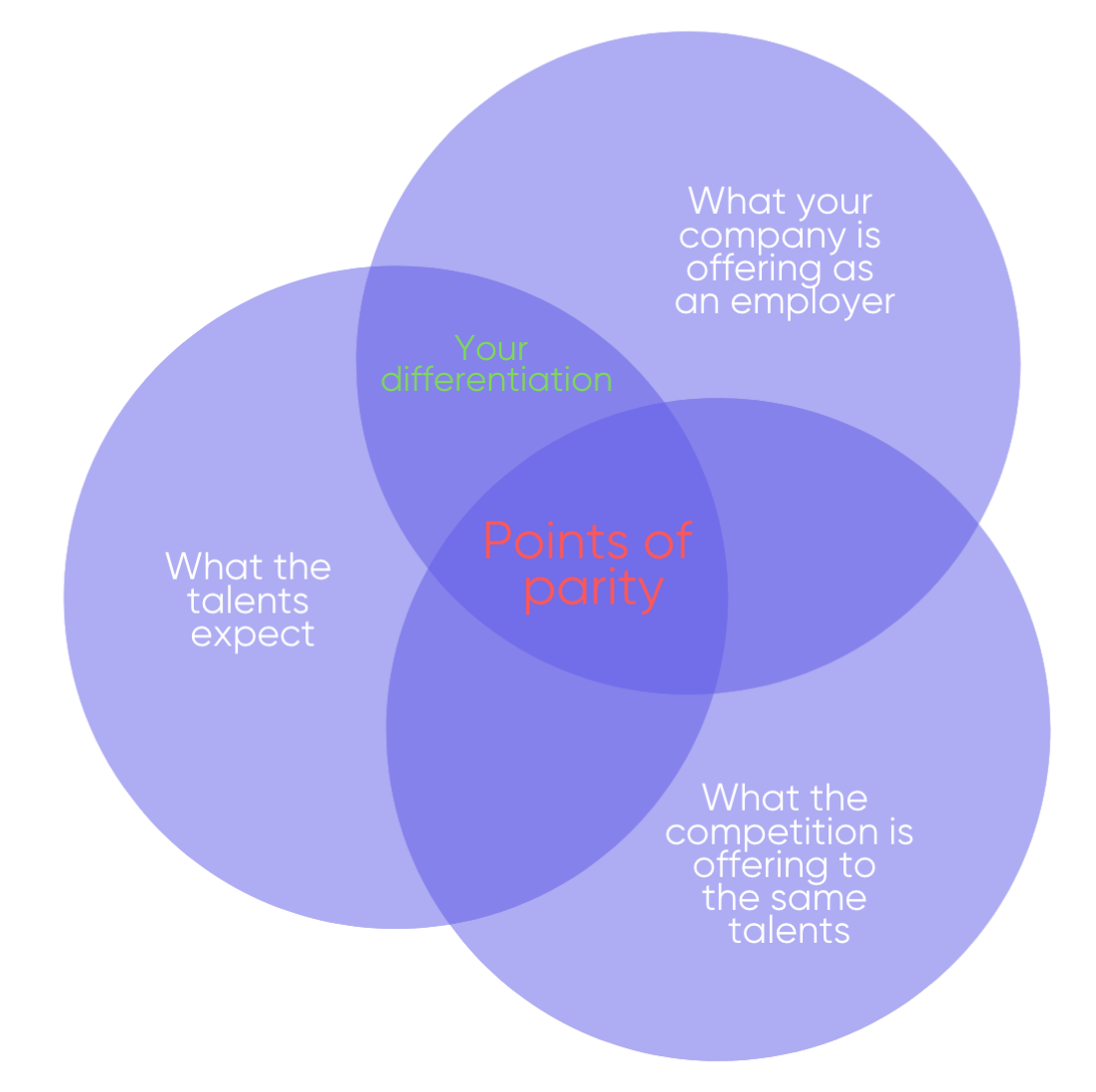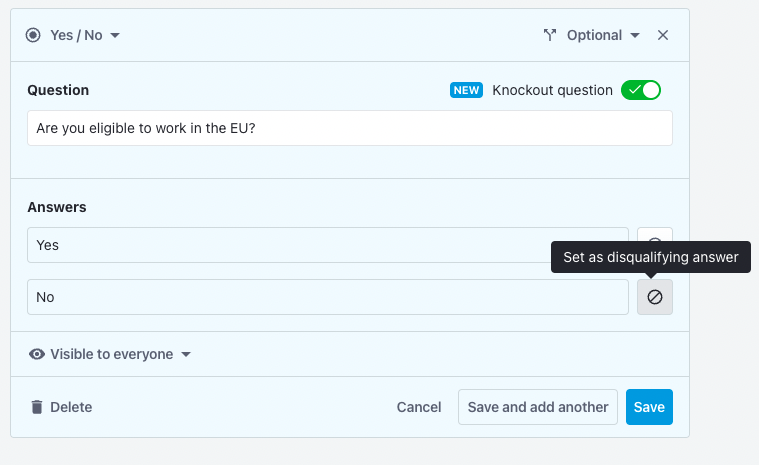I’ve talked with hundreds of recruiters in the past year. I always ask them what kind of challenges they are facing. For years, they have mentioned that it’s hard to find great people, that no one gets the value of recruiters, and that they are busy.
But things suddenly changed with the significant tech layoffs happening in most companies. I still used to hear those same problems, but a new issue arises.
“I get 10x more applications for open roles, and it’s taking a lot of time to go through those.”
The market has changed. It used to be a market for employees to choose the best possible workplaces.
Now, companies are picking up the best possible people to join their teams.
Still, most companies are recruiting like they did three years ago.
In this article, I will cover:
- Market trends - how the tech talent acquisition market has changed
- How these market changes should change your recruitment activities
- How can technology support this change?
Market trends - how the tech talent acquisition market has changed
You know what I'm talking about if you have been working for a tech company — layoffs.
This current situation started in 2022 and continues to this day. According to independent layoffs tracker Layoffs, in 2024, 60,000 jobs were cut across 254 companies.
Because of these layoffs, more and more people are available in the job market. This is combined with the fact that most companies are moving from growth toward profitability, which means they've slowed down their hiring.
This means that in the tech talent market, the situation is that there are fewer open roles than there are people, and it changes the recruitment game quite a lot. This doesn’t mean that hiring would be easy. It’s just very different.
How should these market changes change your recruitment activities, and how will technology support your recruitment?
So, let’s have a recap of how hiring used to look in most organizations:
- Determine the right recruitment profile for the job opening
- Create and publish a job ad and see the applications roll in
- Realize that the quality of the applications isn’t what you wanted, and so you decide to start headhunting
- Contact potential candidates on LinkedIn and tell them about the opportunity
- Run the recruitment process and offer the role to a candidate with 3-4 competing offers from other tech companies and end up in a situation where the candidate chooses another offer and starts from step 1 again.
Let’s see how the changes in the market should affect your recruitment strategy.
Step 1: Profile definition
My first recommendation is to make time to define the recruitment profile for each role. This increases your chances of receiving higher quality candidates.
If you are keeping your recruitment profile open and generic (or if you didn't create one at all), you will easily get hundred or thousands of applications that might not be relevant for you.
For this step, I recommend involving your hiring team who can say: “Let’s not hire this person”. That way, you have all the needed information for the profile.
Collaborative Hiring can not only help you find the best hire, but it can also help provide a good candidate experience and streamline and scale an effective and repeatable recruitment process.
Tip: Click here to learn how to get started with collaborative hiring in your company
Below is an example of figuring out the “must-have criteria” for the candidate from the hiring team when looking for an account executive for a SaaS company in Denmark. This is how you use it as a recruiter:
Step 1: Have a discussion with the hiring team who are involved in making the hiring decision
Step 2: Pick up the top 5-10 things that you hear from those discussions and your own opinions on the hire
Step 3: Ask everyone to rank those attributes on the order of importance
Step 4: If you see big differences on the order, have a discussion with the hiring team. Don’t start the recruitment activities until you are aligned on the importance of these priorities.
Here’s a template you can use for that:

Most companies only focus on what they want from the candidate, but you should also focus on what candidates will get from joining your company. You need to think about three things here:
- What are candidates expecting?
- What are your competitors offering?
- What are you offering?
Figure out your differentiation.

Step 2: Getting candidates to the pipeline
Now comes the time to decide whether to go with inbound or outbound recruitment. In my opinion, most vacancies require a mix of both, but there are a few things to consider when deciding the strategy:
- Is this a role you can share publicly? For example, if it’s a leadership change but the company doesn’t know about this, you should go with headhunting.
- Is this a role where you will most likely get a lot of applications? For example, if this is an in-demand role and you're expecting to receive hundreds or thousands of applications, then you can benefit from doing headhunting to save you time.
No matter the strategy, I recommend you focus on these three things in your messaging when doing job ads, recruitment marketing, headhunting, etc:
- What is there for the candidate? Note: everyone says they have an excellent team, culture, and product. Try to come up with something unique.
- What are you looking for, and why are you hiring for this role? Many job ads are very generic and don't provide the right information to capture the attention of qualified candidates. Use the information from the job profile to specify your answers. A good tool for this is always to document what kind of questions candidates has asked about your company or the role in the past. Make sure to add those answers to your job ad.
- Your company situation and financials - this is a topic that most people are interested in this market situation, so if you can open this up as much as possible, it works.
Step 3: Going through a high volume of applications
I’ve seen many LinkedIn posts of people being super happy about getting many applications to choose from. In my opinion, you should’t be happy because you will use a lot of your time to go through those applications.
You should rather optimize for getting high-quality applications. I would always prefer to have 20 applications with 50% of applicants being great fit for the role than 100 applications with a 10% rate.
If you aren’t already tracking this, I recommend having an Application-Tracking-System in place where you can give a rating to all of the applications and then see things like:
- How many people visited your job ad and applied or didn't apply?
- How many of the applications are high-quality, e.g., over four stars?
- What is the source of the most high-quality applications?
With access to this information, you can take the right steps to optimize or scale your processes.
Tip: Learn how to optimize your careers site to get more candidates
Before we discuss some options for managing high-volume applications, here are a couple of tips for obtaining more quality applications.
- In your job ad, list five reasons why you shouldn’t join our company and be radically transparent. With this you will attract the right kind of talents that fit your company and in the long-term it will help you with your retention. E.g. in our case we are still building a lot of our processes so we talk about that outloud.
- Add knockout questions to your application form to automatically disqualify candidates who don't fit the basic criteria. An example of a knockout question could be "Do you have experience in SaaS sales for +3 years?" with the option to choose yes or no.With this, you automatically disqualify irrelevant candidates, which helps minimize your pipeline, giving you more time to focus on relevant applications.

Now let's dive into some options for managing high-volume applications.
Note:
These options require the use of technology to support with the tasks.
Option 1: Use a tool to look for specific keywords from CVs and applications
Pro: Based on what you are looking for, the tool will look for keywords like SaaS + sales + Danish market, etc
Con: The problem with this is that many candidates have started to understand that companies are doing this, and candidates are using AI-written CVs and applications that are just filled with the right keywords based on the job ads. I think eventually this will change the way companies will do screenings as companies starts to get hundreds of AI applications in the future.
Option 2: Have an AI language model tool to review the applications
Pro: In this case, you are looking for specific words and an actual language model to analyze the whole application, CV, and candidate answers to some of the questions you had in the job ad.
Language model can go beyond looking for certain key words like: “SaaS”, “Sales”, “Enterprise”. It can understand full sentences and stories and the meaning behind those and compare it to your recruitment needs.
Con: It's better than option 1, but it still has the same problem as the first option as more and more candidates are looking at job applications from a perspective of AI analyzing those rather than a human.
Option 3: AI-based video-screening tools
Pro: Most people already know how to use AI for written text, but when asked to film a video, most candidates would rather film themselves than do a video using AI avatar. This way you will most likely get more realistic answers compared AI writing a CV of the candidate.
Cons:
- Soon, AI will be making those videos as well and it’s gets harder and harder for recruiters to evaluate candidates in this stage.
- You might lose out on some great candidates because they don’t like doing videos.
Suggestions moving forward
While those options are valid options that you can consider trying and experimenting with, I would suggest focusing on the following:
- Improve the quality of applications by ensuring you determine a concrete job profile with the hiring team and by creating a high-quality job ad
- Improve your application process by introducing knock-out questions in job applications to automatically disqualify irrelevant candidates, enabling you to focus on qualified candidates
- Incorporate headhunting into your strategy for confidential and high volume jobs
- Narrow your recruitment window to limit the number of applications and make this clear on job ads to encourage candidates to apply sooner rather than later.
Conclusion
The market is constantly changing, and that should reflect how you do your recruitment & employer branding. There is not a one-size-fits-all solution, and you need to continuously iterate and adapt your recruitment practices to suit your business needs.
Doing things manually can hinder your progress, so it's also important to utilize modern technologies to help you digitize and streamline your tasks. However, remember that while technology can help you in your work, without a strategy, you'd still be left with unfavourable results.

.jpg?width=1600&name=66dad3ce4563f15eb4e2e2b2_white-details-of-puzzle-on-yellow-background-busi-2022-01-12-22-29-05-utc%20(1).jpg)





